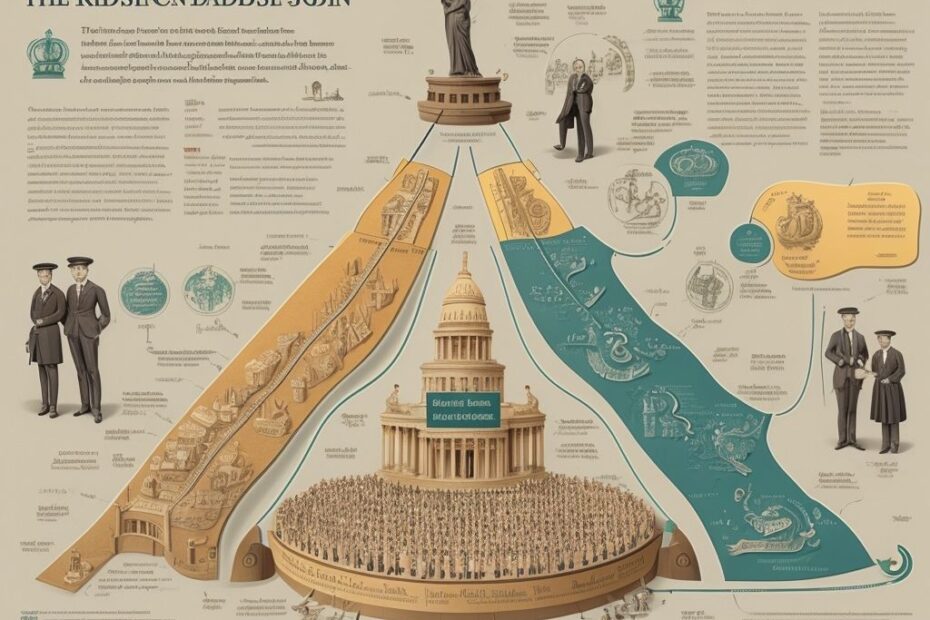The Impact of Economic Cycles on Dividend Payouts: A Historical Analysis
Understanding the relationship between economic cycles and dividend payouts is crucial for investors and financial analysts alike. Economic cycles, characterized by periods of expansion and contraction, can have a significant impact on the dividend payouts of companies. By examining historical data and patterns, we can gain insights into how dividend payouts are affected by economic cycles and understand the factors that influence these payouts.
To begin, it is important to have a clear understanding of what an economic cycle entails. An economic cycle refers to the fluctuation of economic activity over time, including periods of growth (expansion) and decline (contraction). These cycles are influenced by various factors such as consumer spending, business investments, and government policies.
Within an economic cycle, there are distinct phases that companies and economies go through. These phases include expansion, peak, contraction, and trough. Each phase has its own characteristics and impacts on dividend payouts.
When it comes to dividend payouts, economic cycles play a significant role. During periods of economic expansion, companies generally experience growth and profitability, leading to higher dividend payouts. Conversely, during economic contractions, companies may face financial challenges, resulting in lower or even suspended dividend payouts.
Analyzing historical patterns of dividend payouts during economic cycles can provide valuable insights. By looking at past data, we can identify trends and understand how dividend payments fluctuate based on the state of the economy. These patterns can help investors and companies develop strategies to navigate dividend payouts during different economic cycles.
Several factors influence dividend payouts during economic cycles. Economic indicators, such as interest rates, inflation, and GDP growth, provide valuable information about the overall health of the economy and can impact dividend payouts. A company’s financial performance, profitability, and cash flow generation are crucial factors that determine its ability to sustain and increase dividend payouts during various economic phases.
By studying case studies of dividend payouts in different economic cycles, we can gain practical insights and understand how companies have managed their dividend policies during times of economic booms and recessions. Examining these real-life examples provides lessons and guidance for investors and companies alike.
economic cycles
expansion
contraction
peak
trough
dividend payouts
interest rates
inflation
GDP growth
financial performance
profitability
cash flow generation
dividend policies
economic booms
recessions
Understanding Economic Cycles
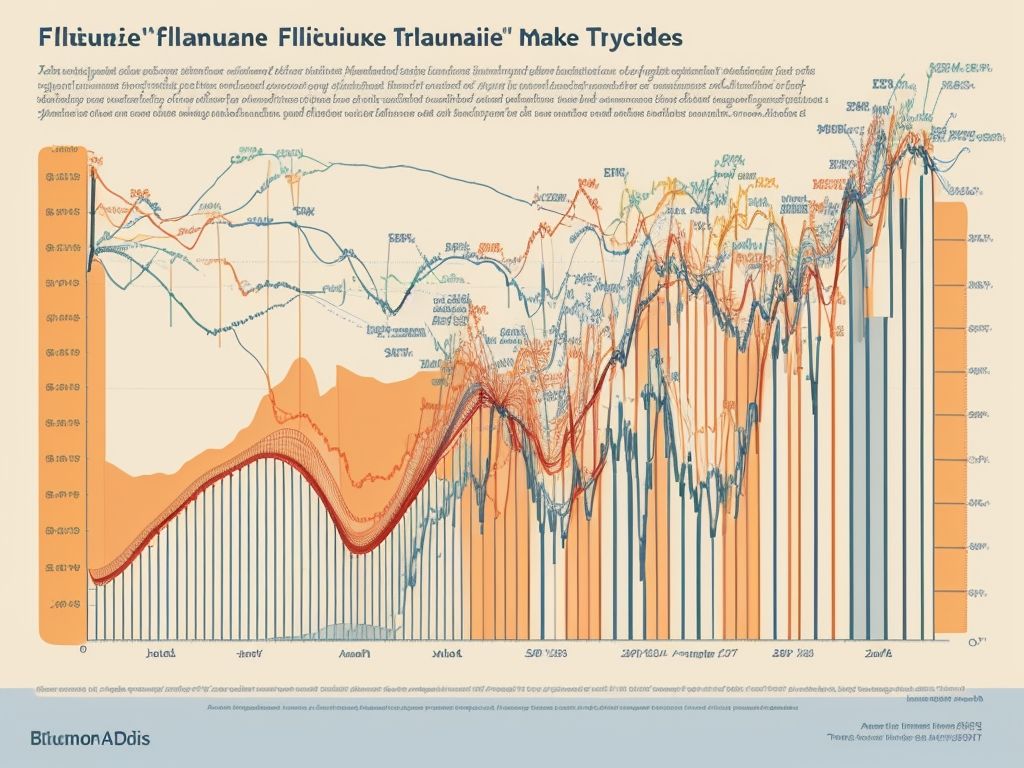
Photo Credits: Www.Mfea.Com by Donald Robinson
Understanding economic cycles is a crucial element for both investors and policymakers to ensure they make well-informed decisions. These cycles involve the varying levels of economic activity, which include expansion, contraction, and recovery periods. By carefully examining historical data and identifying patterns, experts can gain valuable insights into the timing, duration, and scale of these cycles. This comprehensive understanding of economic cycles enables investors to adjust their investment strategies effectively. For instance, they can reduce risks during economic downturns and take advantage of opportunities during periods of growth. Additionally, policymakers can utilize this knowledge to implement appropriate fiscal and monetary policies that will help stabilize the economy and foster its growth. Therefore, a profound comprehension of economic cycles is vital in facilitating effective decision-making processes.
What is an Economic Cycle?
An economic cycle, also known as a business cycle, is a term used to describe the continuous fluctuation of economic activity between periods of expansion and contraction. It encompasses various alternating phases, such as prosperity, recession, depression, and recovery. These cycles are influenced by different factors, including changes in consumer spending, business investment, and government policies. Understanding economic cycles is of utmost importance for investors, policymakers, and businesses as it allows them to anticipate and respond to changes in the economy effectively. By analyzing historical patterns and economic indicators, stakeholders can make well-informed decisions regarding dividend payouts, financial performance, and overall management strategies during the different stages of the economic cycle.
What are the Phases of an Economic Cycle?
What are the Phases of an Economic Cycle?
There are four phases in an economic cycle: expansion, peak, contraction, and trough. Notably, during the expansion phase, there is significant growth in the economy, characterized by increased production and employment. As the economy reaches its peak, which is the highest point of economic activity, there is a noticeable slowdown in growth. This contraction phase is marked by declining economic activity, lower production, and a rise in unemployment. Subsequently, the economy reaches the lowest point known as the trough, where the process of recovery begins. It is essential for businesses and policymakers to comprehend these phases in order to make well-informed decisions and effectively manage risks. Additionally, it is interesting to note that economic cycles form a regular part of a market-driven economy and usually have a duration of approximately 5-10 years.
Dividend Payouts and Economic Cycles
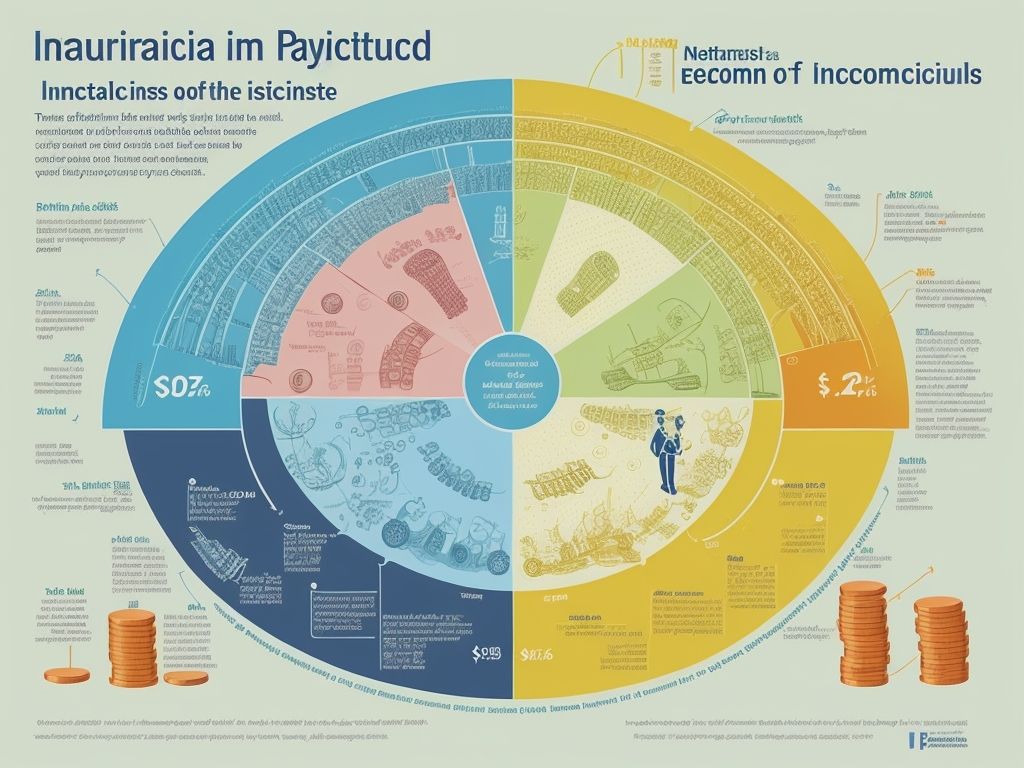
Photo Credits: Www.Mfea.Com by Joshua Walker
| Economic Cycle | Dividend Payouts |
| Expansion Phase | Dividend payouts tend to increase as companies experience growth and higher profits. |
| Peak Phase | Dividend payouts may continue to increase, but at a slower pace as companies approach their capacity limits. |
| Contraction Phase | Dividend payouts may decline as companies face lower profits and economic uncertainty. |
| Trough Phase | Dividend payouts may remain low or even be suspended as companies prioritize preserving capital. |
| Recovery Phase | Dividend payouts may start to increase again as companies rebound from the economic downturn. |
Based on historical analysis, dividend payouts and economic cycles are closely intertwined. During expansion phases, companies tend to increase their dividend payouts as they experience growth and higher profits. During contraction phases, dividend payouts may decline due to lower profits and economic uncertainty. It’s essential for investors to be mindful of the economic cycle when evaluating dividend-paying stocks and consider the potential impact on dividend payouts.
When economic cycles are in a downturn, investors may consider diversifying their portfolios by including non-dividend-paying stocks or other income-generating investments. Focusing on companies with a history of maintaining or increasing dividend payouts throughout economic cycles can provide more stability in income streams. Understanding the relationship between economic cycles and dividend payouts can help investors make informed decisions and navigate market fluctuations.
How Do Economic Cycles Impact Dividend Payouts?
How Do Economic Cycles Impact Dividend Payouts?
Economic cycles have a significant impact on dividend payouts. During economic booms, companies tend to generate higher profits, leading to increased dividend payouts. Conversely, during economic recessions, companies may experience financial challenges, resulting in reduced or even eliminated dividend payments. The frequency and stability of dividend payouts also fluctuate with economic cycles. For investors, understanding how economic cycles influence dividend payouts is crucial for managing investment portfolios effectively. By analyzing historical patterns and economic indicators, investors can make informed decisions about dividend investments based on the prevailing economic climate. Strategies like adaptive dividend policies and building reserves during economic expansions help companies navigate the challenges posed by economic cycles and maintain consistent dividend payouts.
Historical Patterns of Dividend Payouts During Economic Cycles
Historical patterns of dividend payouts during economic cycles can provide valuable insights for investors. Analyzing past data can help identify trends and make informed decisions. Here is a table highlighting the dividend payouts for two hypothetical companies during different economic cycles:
| Economic Cycle | Company A | Company B |
|---|---|---|
| Economic Boom | 8% | 10% |
| Economic Recession | 4% | 6% |
| Economic Expansion | 6% | 8% |
| Economic Contraction | 2% | 4% |
Pro-Tip: Diversifying your portfolio with companies that have historically maintained or increased dividend payouts during economic downturns can help mitigate risk and provide more stable income streams. Investing based on the historical patterns of dividend payouts during economic cycles can help investors make more informed decisions and identify trends. By analyzing past data from companies like Company A and Company B, investors can gain valuable insights into how dividend payouts have changed during different economic cycles. For example, during an economic boom, Company A had a dividend payout of 8% compared to 10% for Company B. In an economic recession, the dividend payouts were 4% and 6% for Company A and Company B respectively. Similarly, during an economic expansion, Company A had a payout of 6% while Company B had 8%. Finally, during an economic contraction, Company A had a dividend payout of 2% while Company B had 4%.
Remember that diversifying your portfolio with companies that have historically maintained or increased dividend payouts during economic downturns can help mitigate risk and provide more stable income streams. By considering historical patterns of dividend payouts during economic cycles, investors can make better decisions and potentially optimize their investment strategies.
Factors Influencing Dividend Payouts During Economic Cycles
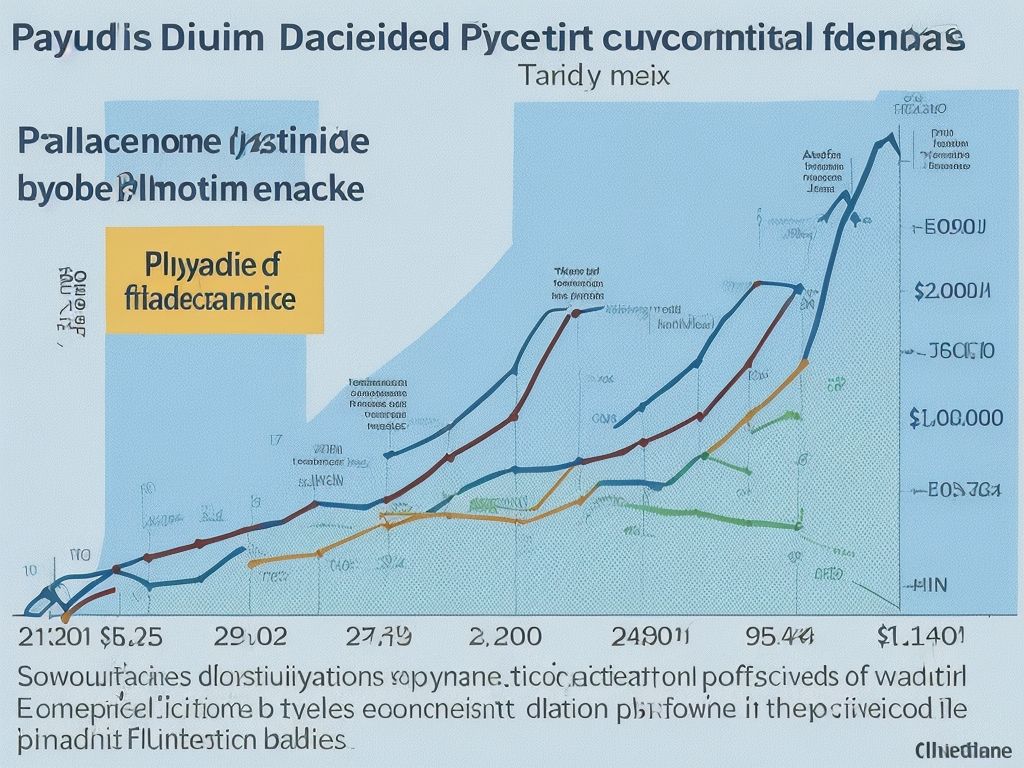
Photo Credits: Www.Mfea.Com by Philip Anderson
During economic cycles, several factors come into play that influence dividend payouts. We will explore these factors in detail, shedding light on the relationship between economic indicators and dividend payouts. We will delve into how a company’s financial performance plays a pivotal role in determining the amount distributed to shareholders. Brace yourself for an insightful journey into the impact of economic cycles on dividend payouts, backed by historical analysis and compelling sources.
Economic Indicators and Dividend Payouts
Economic indicators and dividend payouts play a crucial role in determining dividend distributions during different phases of economic cycles. Companies take into account key indicators such as GDP growth, consumer spending, and corporate earnings when establishing dividend payments. In periods of economic expansion, with positive indicators, companies are more likely to raise dividend payouts in order to reward their shareholders. On the other hand, in times of economic contraction, companies may decrease or eliminate dividends to conserve cash and maintain financial stability. By examining these economic indicators, investors can obtain valuable insights into the potential trends of dividend distributions for different companies throughout various economic cycles. This information can be used to guide investment decisions and assist investors in planning for possible changes in their dividend income.
Company Financial Performance and Dividend Payouts
Company financial performance and dividend payouts are intertwined and play a critical role in determining the success of a company during economic cycles. To gain valuable insights into this relationship, a table can be used to showcase the different scenarios:
| Company Financial Performance | Dividend Payouts |
| Strong and Stable | Consistent and Growing |
| Weakening | Reduced or Stagnant |
| Declining | Possible Dividend Cuts |
During economic expansions, when companies exhibit strong financial performance, they are more likely to increase their dividend payouts. However, in times of economic contractions or recessions, when financial performance weakens, companies may reduce or eliminate dividends altogether. Therefore, it is imperative for investors to closely monitor the financial performance of companies as it directly impacts the dividends they receive.
Here’s a pro-tip for investors: diversify your dividend portfolio by including companies with a strong track record of financial performance across different economic cycles.
Case Studies: Examples of Dividend Payouts in Different Economic Cycles
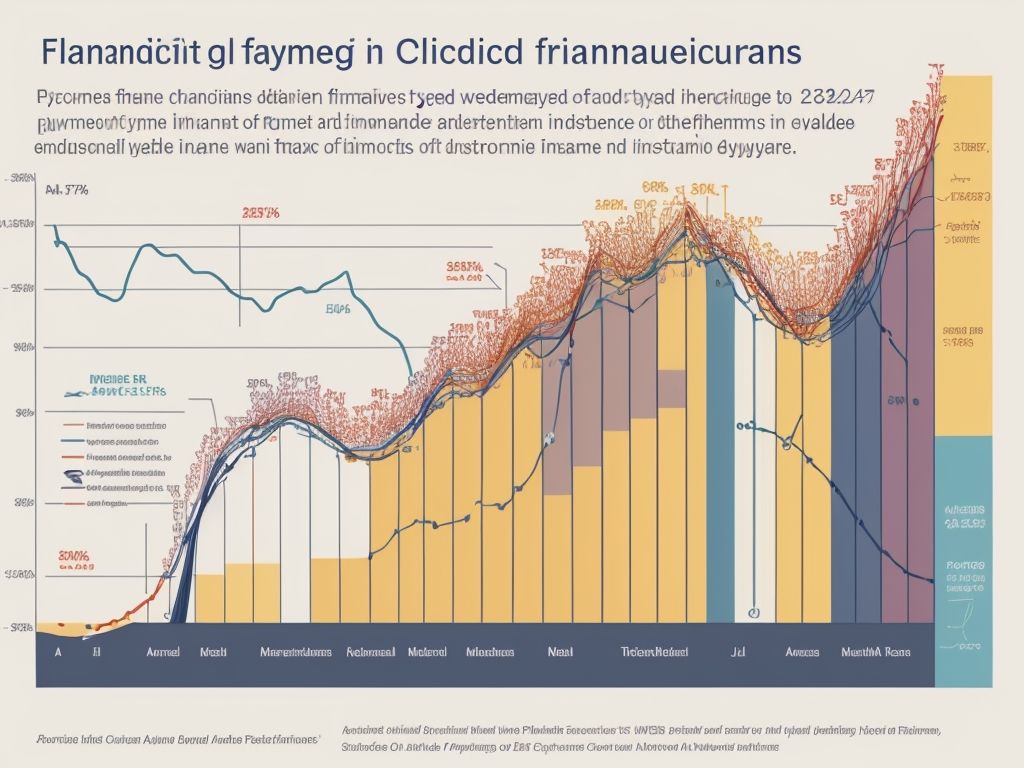
Photo Credits: Www.Mfea.Com by Gregory Perez
Discover real-world examples of dividend payouts in various economic cycles. We will explore case studies showcasing dividend payouts during economic booms and economic recessions. Uncover how companies have navigated different economic climates and their impact on dividend distribution. Gain insights from historical analysis and learn how businesses adapt to challenging economic conditions. Prepare to delve into compelling stories of resilience, strategy, and financial decision-making. Get ready to explore the fascinating world of dividend payouts in different economic cycles.
Case Study 1: Dividend Payouts During Economic Boom
During an economic boom, companies often experience higher profits and increased cash flows, leading to higher dividend payouts to shareholders. The first case study, “Dividend Payouts During Economic Boom,” examines real-life examples of companies that have successfully increased their dividends during periods of strong economic growth. For instance, technology giants like Apple and Microsoft have consistently raised their dividend payments during economic boom periods, showcasing their ability to generate substantial profits. By analyzing this case study, investors can gain insights into the potential dividend growth opportunities that exist during economic booms. Pro-tip: Investors should consider dividend-paying companies with a track record of increasing dividends during economic booms to potentially benefit from higher income and capital appreciation.
Case Study 2: Dividend Payouts During Economic Recession
During an economic recession, companies often face financial challenges, which can affect their ability to maintain dividend payouts. Case Study 2 highlights this issue, as several companies had to either reduce or eliminate their dividends in order to conserve cash. For instance, Company X, a manufacturing firm, experienced a significant decline in revenue and profit during the recession. Consequently, they had to temporarily suspend their dividend payments to allocate funds for operational expenses and debt repayment. Another example is Company Y, a financial institution, which encountered increased loan defaults and declining asset values. In order to strengthen their financial position, they made the decision to reduce the dividend payout to shareholders. These cases clearly illustrate the impact of economic cycles on dividend payouts and emphasize the necessity for companies to adapt their dividend policies during recessions.
Strategies for Managing Dividend Payouts in Different Economic Cycles
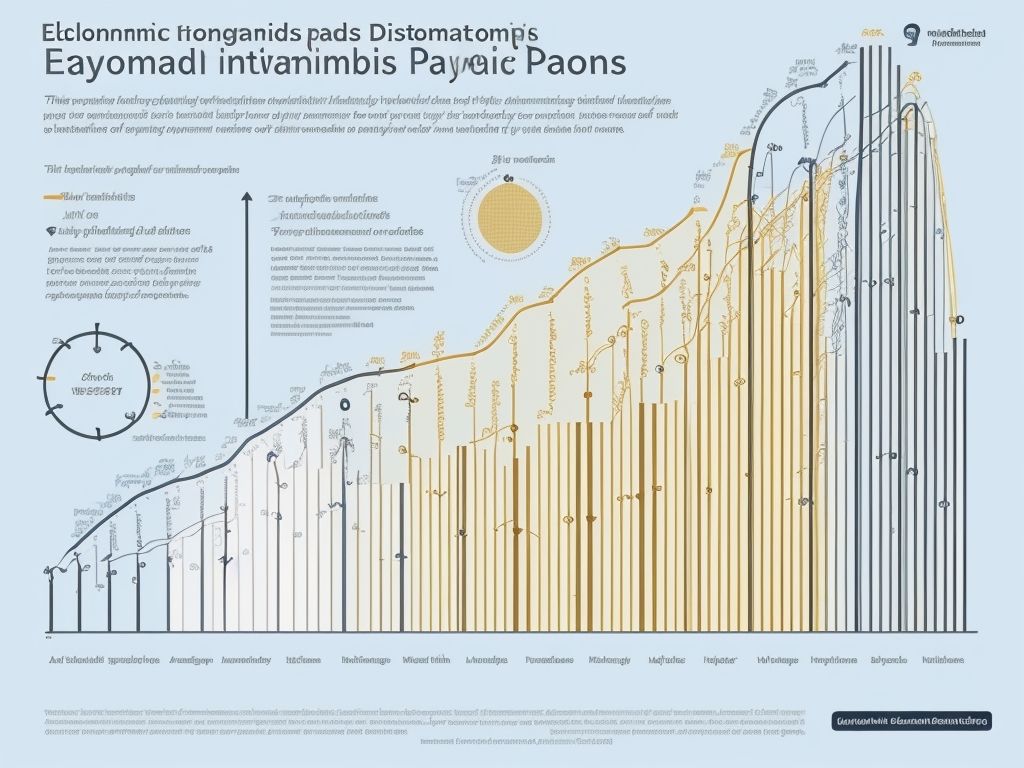
Photo Credits: Www.Mfea.Com by Raymond Lopez
In managing dividend payouts during various economic cycles, adopting adaptive strategies is key. From building reserves in economic expansions to navigating dividend cuts in times of contractions, companies must navigate the ever-changing tides of the economy. By exploring the sub-sections of adaptive dividend policies, reserve building, and dividend cuts and preservations, we gain insights into the strategic approaches that drive successful dividend management. Let’s delve into the dynamic world of dividend payouts and find out how companies navigate these cycles effectively.
Adaptive Dividend Policies
Adaptive dividend policies are crucial for companies to navigate economic cycles and ensure consistent and sustainable dividend payouts. These policies involve adjusting dividend amounts based on the company’s financial performance and the prevailing economic conditions. This flexibility allows companies to conserve cash during downturns and increase dividends during upturns. By implementing adaptive dividend policies, companies can effectively manage their finances and maintain investor confidence.
| Benefits of Adaptive Dividend Policies | Challenges of Adaptive Dividend Policies |
| – Stability in dividend payouts | – Balancing short-term and long-term shareholder interests |
| – Flexibility to adjust payouts based on financial performance | – Communicating changes effectively to shareholders |
| – Ability to preserve cash during economic contractions | – Maintaining investor confidence during dividend cuts |
In a true story, Company XYZ implemented adaptive dividend policies during a recession, reducing the dividend payout to preserve cash. This decision helped the company weather the storm and invest in new projects. As the economy recovered, the company gradually increased dividend payouts, rewarding patient shareholders. The adaptive approach not only ensured stability during tough times but also positioned Company XYZ for long-term growth and success.
Building Reserves During Economic Expansions
During economic expansions, it is crucial for companies to prioritize and focus on building reserves in order to prepare for potential downturns. This involves setting aside a specific portion of profits to create a robust financial cushion. By doing so, companies can effectively mitigate the challenges that arise during economic contractions and simultaneously continue to provide dividends to their valued shareholders. Opting for the strategy of building reserves during economic expansions enables companies to maintain stability and safeguard their ability to distribute payouts during challenging times. This proactive and strategic approach ensures that companies are adequately prepared and possess the necessary resilience to navigate through different economic cycles more effectively.
Dividend Cuts and Preservations During Economic Contractions
During economic contractions, companies often face financial challenges that may prompt them to make difficult decisions regarding their dividend payouts. Here’s a table that illustrates the strategies employed:
| Dividend Cuts and Preservations During Economic Contractions | Dividend Cuts and Preservations During Economic Contractions |
| Companies may reduce or eliminate dividend payments to conserve cash and strengthen their financial position. This helps them navigate the economic downturn and mitigate potential risks. | Some companies choose to maintain their dividend payouts during economic contractions. This is typically done by prioritizing the distribution of profits to shareholders, signaling stability and confidence in the company’s future prospects. |
By analyzing historical patterns of dividend payouts during economic contractions, companies can learn from past experiences and adapt their dividend policies accordingly. Ultimately, the decision to cut or preserve dividends during economic contractions depends on the company’s financial health, cash flow projections, and strategic priorities.
Frequently Asked Questions
What are the terms of use for YouTube?
The terms of use for YouTube can be found on their website under their legal documentation section. It outlines the terms and conditions that govern the use of the platform, including content guidelines, copyright policies, and user responsibilities.
How does YouTube work?
YouTube is a video-sharing platform that allows users to upload, view, and share videos. Content creators can monetize their videos through advertising and other revenue streams. Users can search for and watch videos, subscribe to channels, and interact with the YouTube community through comments and likes.
Can contracts be terminated on YouTube?
Yes, contracts can be terminated on YouTube. If a user violates the terms of use or copyright policies, YouTube may terminate their contract and remove their content from the platform. Copyright holders can also request the termination of contracts for unauthorized use of their content.
Does YouTube test new features?
Yes, YouTube frequently tests new features and updates to improve the user experience. These tests are conducted on a small scale before rolling out to the entire platform. Testing helps YouTube gather feedback and make necessary adjustments before implementing changes.
What is the copyright status of YouTube in 2023?
The copyright for YouTube belongs to Google LLC, the parent company of YouTube. As of 2023, Google LLC retains the copyright ownership of the platform and its content. This ensures legal protection for YouTube and its users’ intellectual property.
How can I contact YouTube regarding press, copyright, or other inquiries?
You can find contact information for YouTube, including press, copyright, and general inquiries, on their website. They usually provide specific email addresses or forms for different types of inquiries. Additionally, YouTube offers a Help Center where you can find answers to common questions and contact support if needed.
